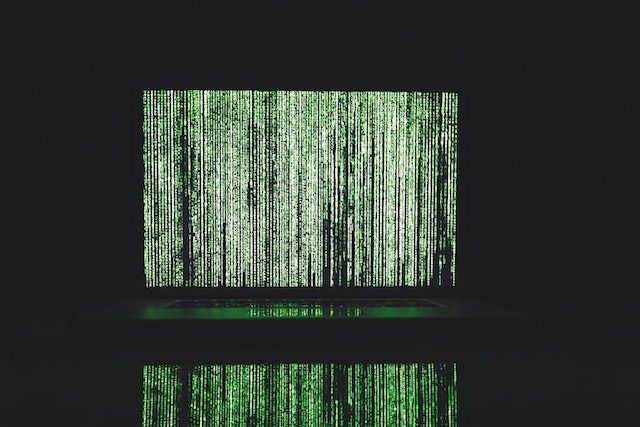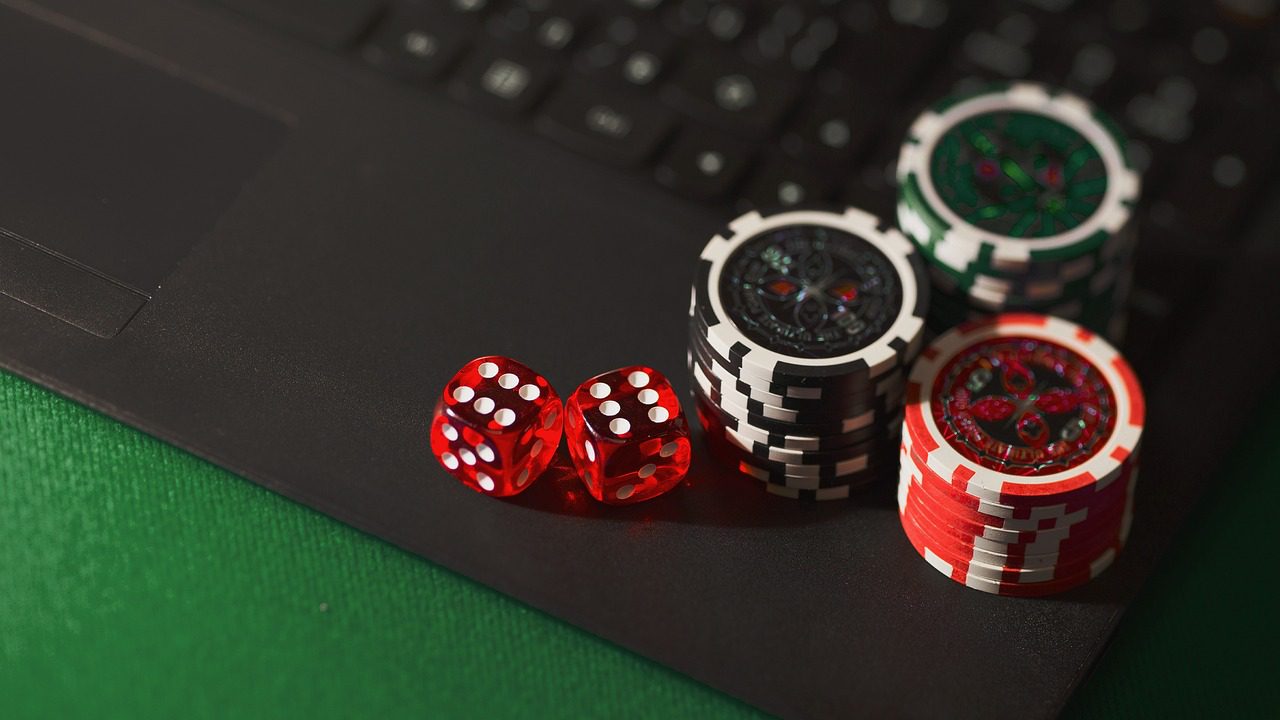Summary of Sim2real Within 5 Minutes: Efficient Domain Transfer with Stylized Gaussian Splatting For Endoscopic Images, by Junyang Wu et al.
Sim2Real within 5 Minutes: Efficient Domain Transfer with Stylized Gaussian Splatting for Endoscopic Images
by Junyang Wu, Yun Gu, Guang-Zhong Yang
First submitted to arxiv on: 16 Mar 2024
Categories
- Main: Computer Vision and Pattern Recognition (cs.CV)
- Secondary: Artificial Intelligence (cs.AI)
GrooveSquid.com Paper Summaries
GrooveSquid.com’s goal is to make artificial intelligence research accessible by summarizing AI papers in simpler terms. Each summary below covers the same AI paper, written at different levels of difficulty. The medium difficulty and low difficulty versions are original summaries written by GrooveSquid.com, while the high difficulty version is the paper’s original abstract. Feel free to learn from the version that suits you best!
| Summary difficulty | Written by | Summary |
|---|---|---|
| High | Paper authors | High Difficulty Summary Read the original abstract here |
| Medium | GrooveSquid.com (original content) | Medium Difficulty Summary This paper proposes an efficient domain transfer method for robot-assisted endoluminal intervention, which combines vision-based navigation with pre-operative imaging data as priors. The goal is to recover position and pose of the endoscope without requiring additional sensors. However, aligning pre-operative and intra-operative domains is complicated by significant texture differences. To address this issue, the authors use stylized Gaussian splatting, which only requires a few real images (10) and has very fast training times. The method consists of two phases: first, 3D models reconstructed from CT scans are represented as differential Gaussian point clouds; second, color appearance-related parameters are optimized to transfer style and preserve visual content. A novel structure consistency loss is applied to latent features and depth levels to enhance transferred image stability. The proposed method outperforms the current state-of-the-art in terms of performance advantages, with potential applications for intra-operative surgical navigation. |
| Low | GrooveSquid.com (original content) | Low Difficulty Summary This paper helps doctors use robots to fix problems inside people’s bodies without needing extra sensors. They want to match what they see before surgery with what they see during surgery. This is hard because the pictures look very different. The authors came up with a new way to make these pictures look more similar, which only needs a few real images and doesn’t take long to train. First, they create a 3D model from CT scans and then change how the color looks. They also add extra steps to make sure the pictures don’t get mixed up. This method is better than what’s currently available and could help doctors navigate surgeries more effectively. |




